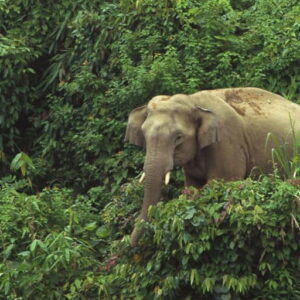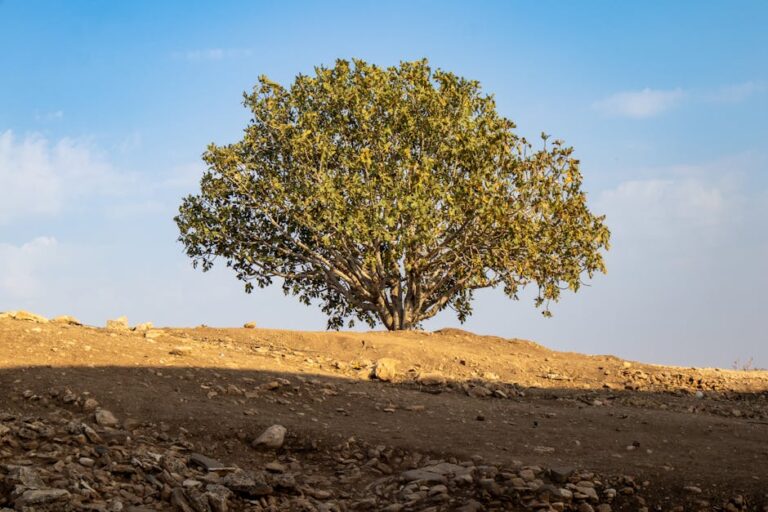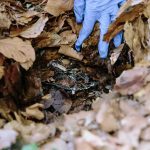First physical evidence of elephant poaching discovered in remote bangladesh forest near myanmar border

For years, local communities in southeastern Bangladesh have reported illegal elephant hunting in the remote Sangu-Matamuhuri Reserve Forest, but authorities lacked concrete proof. Now, researchers have documented the first physical evidence of elephant poaching in this biodiverse region that borders Myanmar’s Rakhine state.
The mountainous forest serves as critical habitat for numerous endangered species, including Asian elephants, Asian black bears, and golden jackals. However, the area’s remoteness—while providing refuge for wildlife—also creates opportunities for cross-border poaching that often goes undetected. “Elephants were once common here, but over time their population declined,” explained lead researcher Sourav Chakma. The surviving elephants have retreated to sparsely populated border areas where hunting pressure was historically lower, but the isolated location now facilitates illegal access from both countries.
During a three-day expedition in late April, a four-person research team discovered fresh signs of elephant activity, including footprints, dung, and foraging evidence. Based on these findings, they estimated elephants had been present in the area 2-4 months earlier, coinciding with local reports that the animals typically use the region during the dry season from November to March. Crucially, the team also found direct evidence of poaching activities, marking the first confirmed documentation of elephant hunting in this critical habitat.
This discovery highlights the urgent need for enhanced cross-border conservation efforts to protect the remaining Asian elephant population in this vulnerable ecosystem along the Bangladesh-Myanmar frontier.
This article was written by the EnviroLink Editors as a summary of an article from: Mongabay







